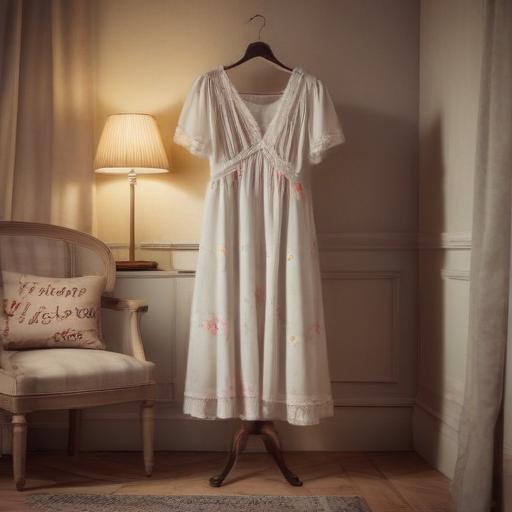Lena Dunham’s latest project on Netflix, “Too Much,” has sparked considerable conversation, particularly concerning its central theme revolving around nightdresses. This marked Dunham’s return to television with a high-profile show since her acclaimed series “Girls,” and it coincides with a significant cultural trend towards nightwear.
In “Too Much,” Meg Stalter portrays the lead character, Jessica, wearing nightdresses from the British label If Only If. Founded by Emily Campbell, who took over the brand from her mother in 2020, If Only If has seen a remarkable surge in popularity following the show’s debut. Campbell reported a staggering 640% increase in sales for the nightdress featured on the show over the recent weekend and a 95% increase overall compared to the previous week.
Campbell, who initially felt surprised by the overwhelming response after being approached by the show’s costume director, Arielle Levy, aims to keep her brand values intact despite the soaring demand. The brand focuses on producing limited stock to promote sustainability, emphasizing that once a style sells out, it generally won’t be restocked. The “India” nightie, for instance, sold out in the most popular sizes within just 48 hours after airing, with Campbell planning a final re-run soon.
Correspondingly, consumer interest in nightdresses has significantly increased. Net-a-Porter reported a 200% rise in searches for cotton nightdresses and a 240% rise for silk ones in the last month, reflecting a broader trend that has seemingly peaked alongside the show’s release. Many women are not only looking for comfort during warm summer nights but are also opting to wear these stylish pieces during the day.
As “Too Much” navigates themes of women’s experiences and desires, it has inadvertently brought a spotlight to the growing trend of leisurewear, particularly nightdresses, reinforcing the notion that comfort can be synonymous with style. This movement showcases a shift in fashion norms, making it a fascinating period for both designers and consumers alike.
